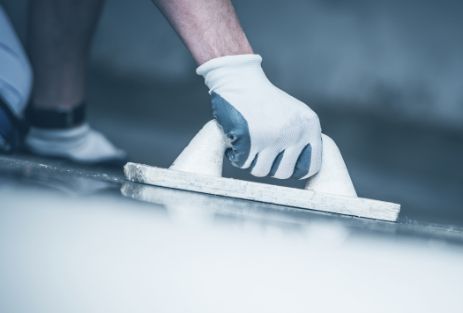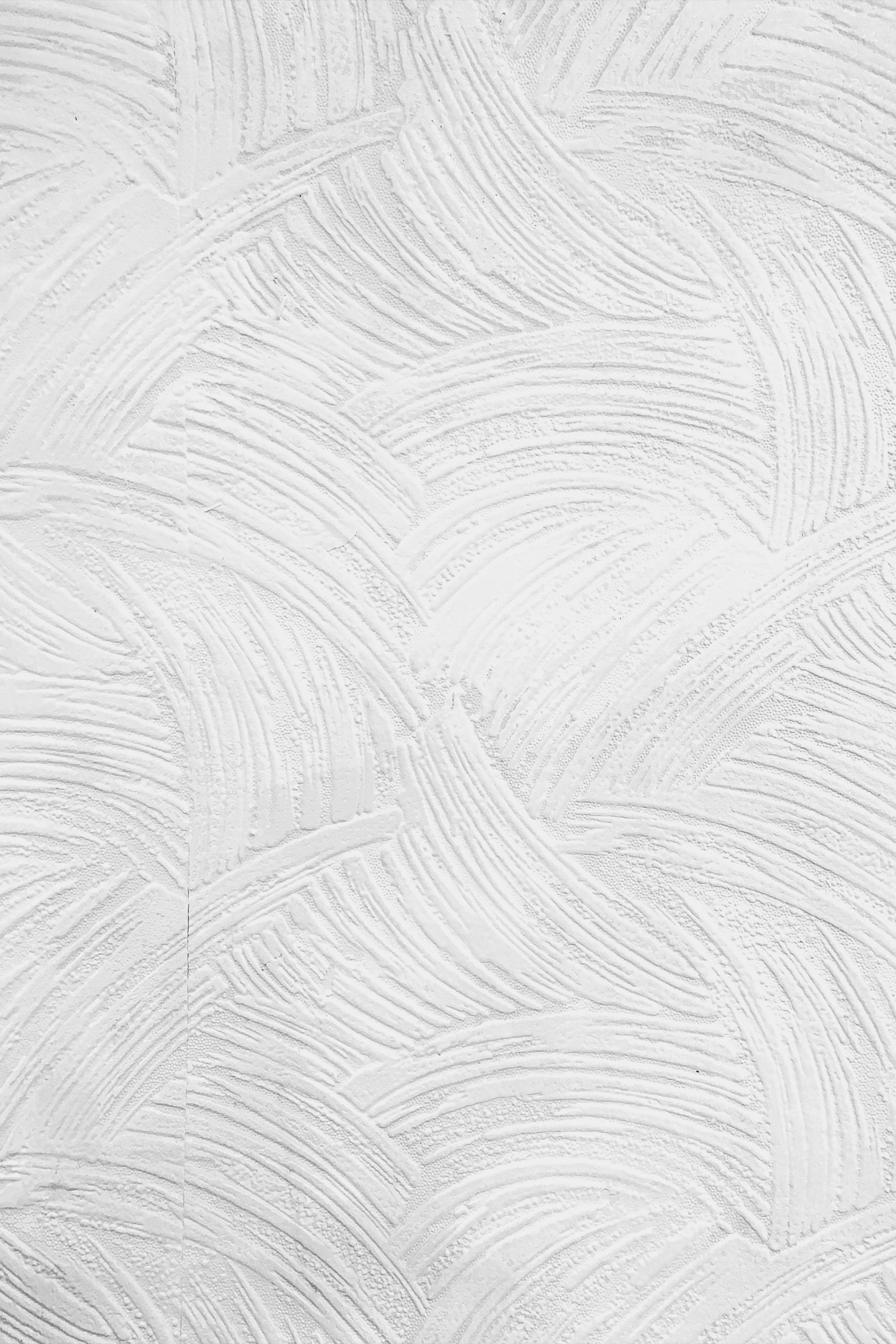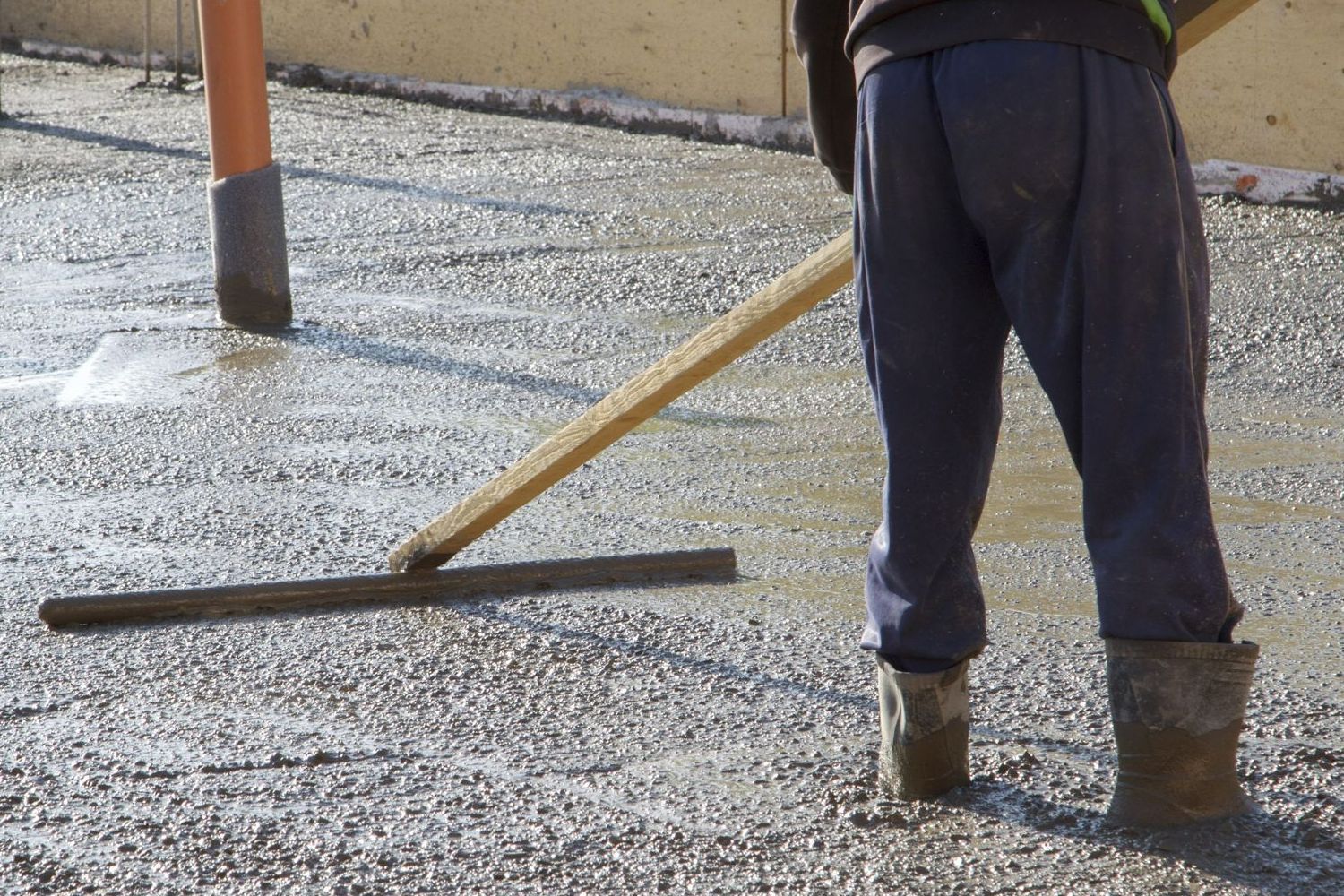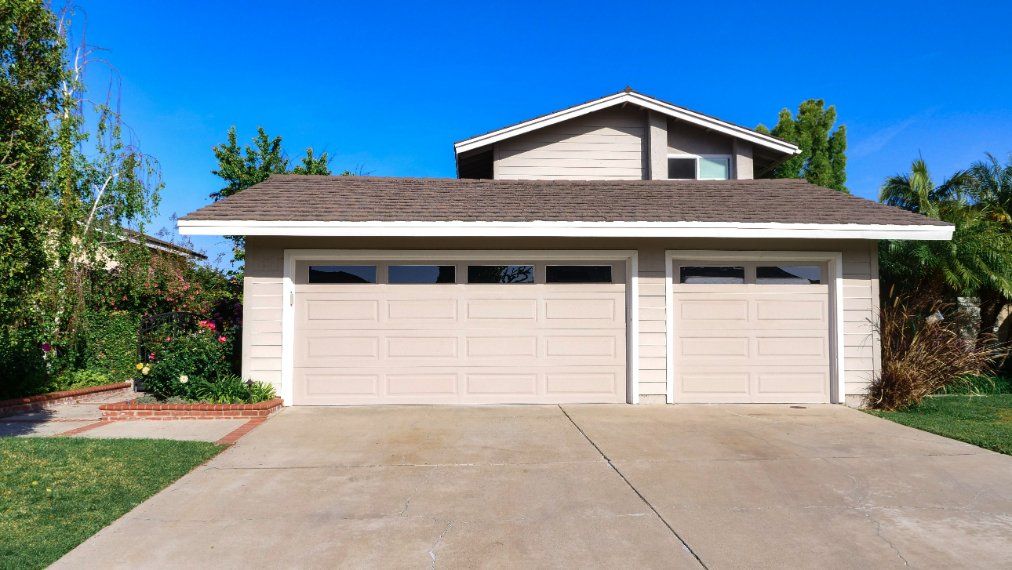Wonderful Ways To Use Stencil Concrete To Upgrade Your Home
Adding stencil concrete to your home in Wanneroo is a great way to upgrade your house, especially if you have a garage or driveway that you want to give a new look to. There are many different types of stencil concrete, including running bond, offset tile, and ashlar slate. Here are some tips for choosing the right one for your home.

Ashlar slate
Adding concrete stencils to your home is a fast and easy way to give it a unique look. You can choose from hundreds of patterns and designs and create your own design. They are an economical and environmentally friendly option. They can last for years and can be cleaned regularly.
The first step is to determine which pattern you want. There are many patterns to choose from, but one of the more popular is a brick header. It is often used to accent kitchen areas or entry halls.
Next, you can select a concrete stain. These stain and paint combinations are opaque and don't show when wet. It is recommended that you apply the stain three times. The stain can be tinted to any colour you like.
After the stain is applied, a decorative finish can be added using a sponge, trowel, or cork. The finished concrete may need to be sealed. The sealer should be applied in two coats.
You can use a texture roller or a small paint roller for texturing. The smaller the roller, the easier it is to cover the stencil completely.
You can also use a dry shake colour hardener. This is a liquid that floats into the concrete and creates a deep, rich color. This is especially good for exposed concrete.
Once the surface is completely dry, you can remove the stencil. You will need to use two men. The men should be on the opposite sides of the slab.
If you're installing the stencil on a new slab, you should screed it. This is a process that is required when stencilling professional-grade concrete. If you are doing it on an existing slab, you should screed the slab as well. You should also float the slab before you start the stenciling process.
Depending on the type of overlay you're applying, the stenciling process may vary. For example, a spray-down overlay allows you to create intricate borders and logos quickly.
You can use a stencil to achieve the look of hand-chiseled stone. You can purchase stencils that replicate the random squares and rectangles found in ashlar slate. This look is very popular in terracotta red. It also works great for driveways and patios.
Cobblestone
Whether you want to change the color of your pool deck or give your driveway a new look, you can easily add some style with stencil concrete. It is an easy, affordable, and effective way to add a little pizazz to your home's exterior.
First of all, you'll need to decide what type of pattern you want to use. You can find a range of patterns, from herringbone to geometric, which are all aimed at helping you to create an eye-catching design for your home.
Among the best stencils are cobblestone stencils. These come in different shapes and sizes, making them perfect for adding accents or accentuating a border. Alternatively, you can purchase brick stencils that are on a roll. They are great for indoor floors, but are less effective when used outdoors.
Another stencil, the terracotta tile, is a good choice for a driveway or a patio. It features large terracotta-style tile squares. You can also complete the look with an oriental-style floor rug.
You can also try out a blanket spray. This practical and maintenance-free technique involves a combination of aluminum-oxide grip material and a solvent-based sealer. It is a great way to create a maintenance-free finish, but it needs more individual style.
There are also stencils aplenty that you can use to give your patio a faux brick appearance. You can buy stencils that are designed to replicate random rectangles, or even a more structured basketweave.
The right concrete stain can provide a bright background for your stencil. You can also tint it to any color you want. You can also apply it with a sponge or trowel.
If you are considering using stencil concrete to upgrade your home in Wanneroo, make sure you follow a few simple steps. The most important thing to remember is that you should prepare the area well before beginning. You want to avoid ending up with a concrete that is too wet to stencil or has too many moisture problems.
The biggest challenge in stencilling is achieving the perfect stencilling effect. If you're unsure of how to do this, consider hiring a professional. They can provide you with a design that is tailored to your space and budget.
Offset tile
Adding stencil concrete to your home in Wanneroo is a cost effective and eco-friendly way to add style to your floor. These floors can be easily cleaned and stain-free, making them a great option for high-traffic areas. These floors are also very durable and will last for years.
First, you should clear the area of any debris or moisture. You should also use a lint-free rag to remove any excess paint.
Next, you need to decide on the pattern you want. You can choose from a range of designs. You can create a bold statement with a geometric design or a more subtle one with a floral pattern.
You can purchase a stencil from a craft store or online. You can even use stencils on freshly poured concrete. You will need a few pieces of stencil concrete to complete the project.
You can also create a decorative finish by applying it with a sponge or a trowel. You will need to allow the surface to dry for a few hours.
After the decorative finish has dried, you will need to seal it with two coats. You can also apply cork or wood to the surface.
You can choose from a variety of stencils to add a unique pattern to your home in Wanneroo. These patterns can be used to give your outdoor patio or kitchen floors an authentic brick look.
You can buy a brick stencil or a cobblestone stencil to create a border or accent on your concrete. You can also find quarry tile stencils that replicate the traditional quarry tile flooring. These work well in bathrooms and kitchens.
You can choose from a wide array of stencils to add a unique design to your concrete. These are available in a range of colors and can be painted over a previous flooring.
Stencilled concrete is easy to install and is highly durable. You can use it in the kitchen or bathroom, and it will hold up well for many years. You can also clean the surface of any spills with a damp cloth.
Running bond
Using running bond in stencil concrete to upgrade your home in Wanneroo is a simple, low-cost way to add a unique look to your property. With a variety of patterns and colors to choose from, stenciled concrete is ideal for patios, walkways, and pool decks. In addition to being a great way to give your home a unique look, it is also very durable and low maintenance.
Stencils are a great way to make a clean and attractive surface when used with a concrete overlay. You can also use stencils with cement-based spray coatings, paints, stains, and other products. If you have used this method before, you know that it requires a sturdy, durable stencil. You will need to ensure that the material has an adhesive backing so that the stencil will not move. It is essential also to check the grit on the stencil to ensure that it will be durable enough to stand up to the pressure.
If you use stencils with an overlay, the underlying layer will remain in colour once the stencil is removed. This underlying layer will have the appearance of grout lines or grouted tile. If you want a more natural look, it is best to wait a few hours to remove the stencil so that the sanding will be smoother.
Regardless of whether you are using a stencil with an overlay or a sandblasting process, you will need to ensure that the underlying layer is smooth and flat. This will prevent chipping during the removal process. It is also recommended that you finish the first coat with a trowel to fill in any imperfections in the concrete.
Acid-etching technology is another popular technique for stenciling hardened concrete. In this process, a vinyl stencil is applied to unsealed concrete with gelled acid. The acid's reaction with the concrete minerals triggers the etching process. Once the acid has been absorbed by the concrete, it creates a textured, slip-resistant surface. However, leaving the acid on for a short time is only possible. You should monitor how long the etching takes, and if you do not see the results you were expecting, reapply the acid.
We hope you enjoyed our blog post, we're happy to bring you this information, and we hope you'll find it useful for your upcoming home renovations. If you have any questions about this topic, please don't hesitate to call our team at
08 6186 7423. Thank you for reading!



FREE INSTANT QUOTE!
**plus FREE bonus coupon**
Contact Us
We will get back to you as soon as possible.
Please try again later.